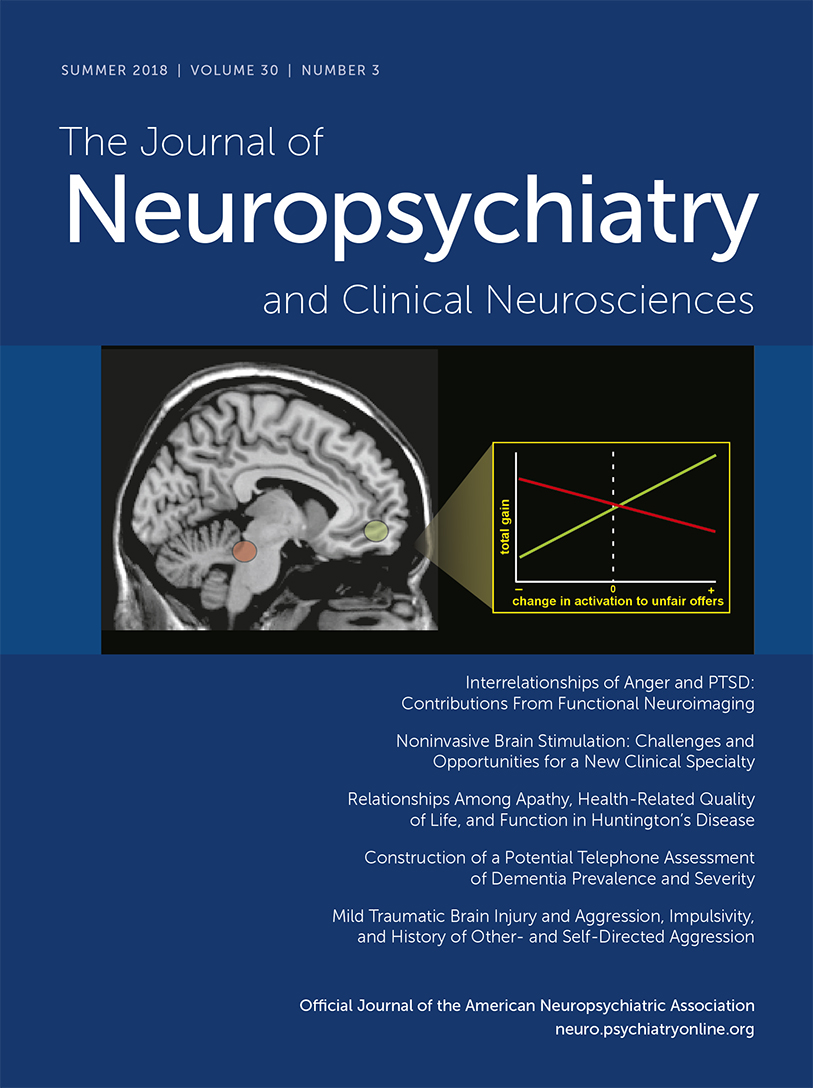Social Perception in Mesial Temporal Lobe Epilepsy: Interpreting Social Information From Moving Shapes and Biological Motion
Abstract
Dysfunction in the understanding of social signals has been reported in persons with epilepsy, which may partially explain lower levels of life satisfaction in this patient population. Extensive assessment is necessary, particularly when the mesial temporal lobe, responsible for emotion processing, is affected. The authors examined multiple levels of social perception in patients with mesial temporal lobe epilepsy (MTLE), including judgments of point-light motion displays of human communicative interactions (Communicative Interactions Database-5 Alternative Forced Choice format) and theory-of-mind processes evaluated using geometric shapes (Frith-Happé animations [FHA]). This case-control study included MTLE patients with anterior temporal lobectomies (ATL+) (N=19), MTLE patients without lobectomies (ATL–) (N=21), and healthy controls (HCs) (N=20). Both groups of MTLE patients were less efficient in recognizing goal-directed and mentalizing interactions of FHA compared with HC subjects. The ATL+ group attributed emotions to FHA less accurately than HC subjects. Both the ATL– and ATL+ groups classified individual point-light animations more often as communicative than the HC group. ATL+ patients were also less efficient in interpreting point-light animations in terms of individual actions than the HC group. The number of years of epilepsy duration was inversely correlated with recognition of FHA interactions. The mean number of seizures was inversely correlated with the interaction identification in point-light stimuli. Patients with MTLE, irrespective of surgical treatment, present impaired social perception in domains assessed with abstract moving shapes or nonabstract biological motion. This impairment may be the basis of problems faced by patients reporting difficulties in understanding the intentions and feelings of other individuals.



